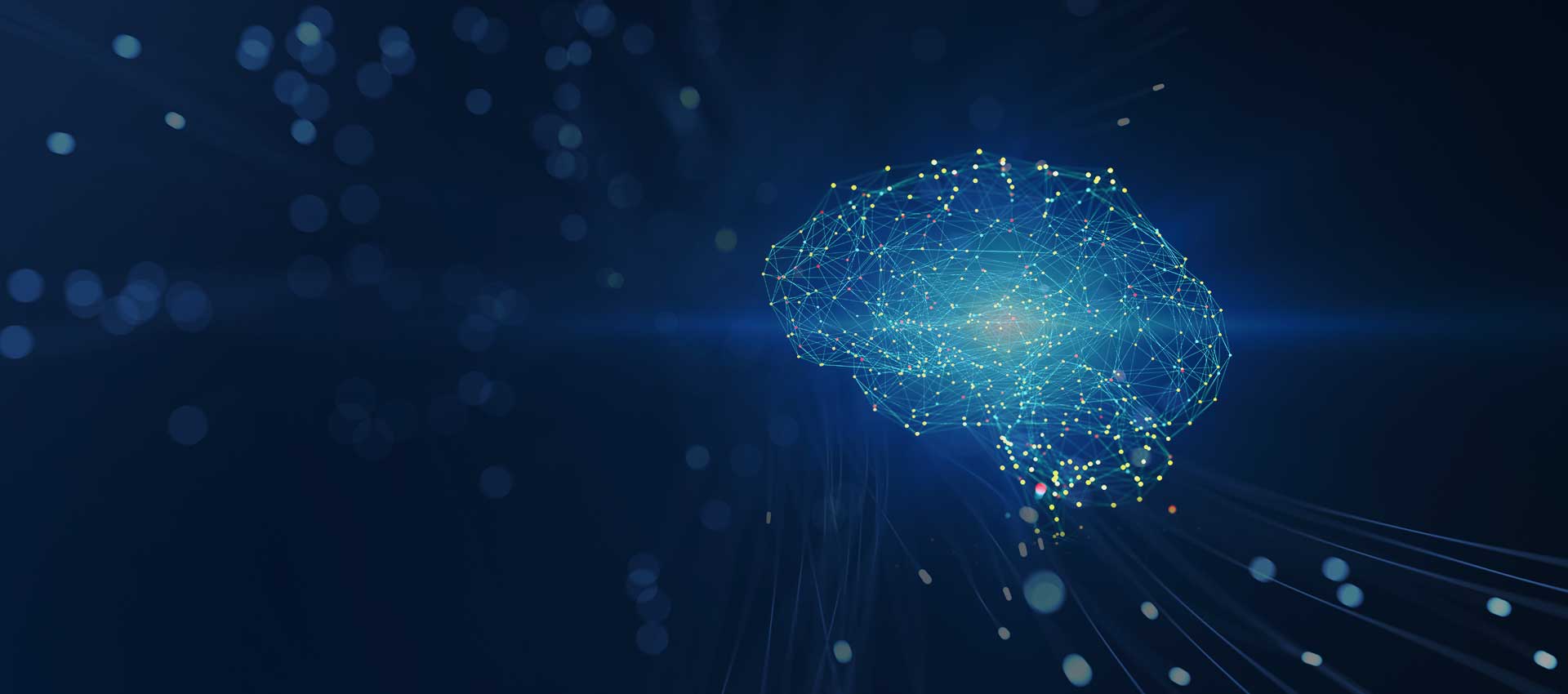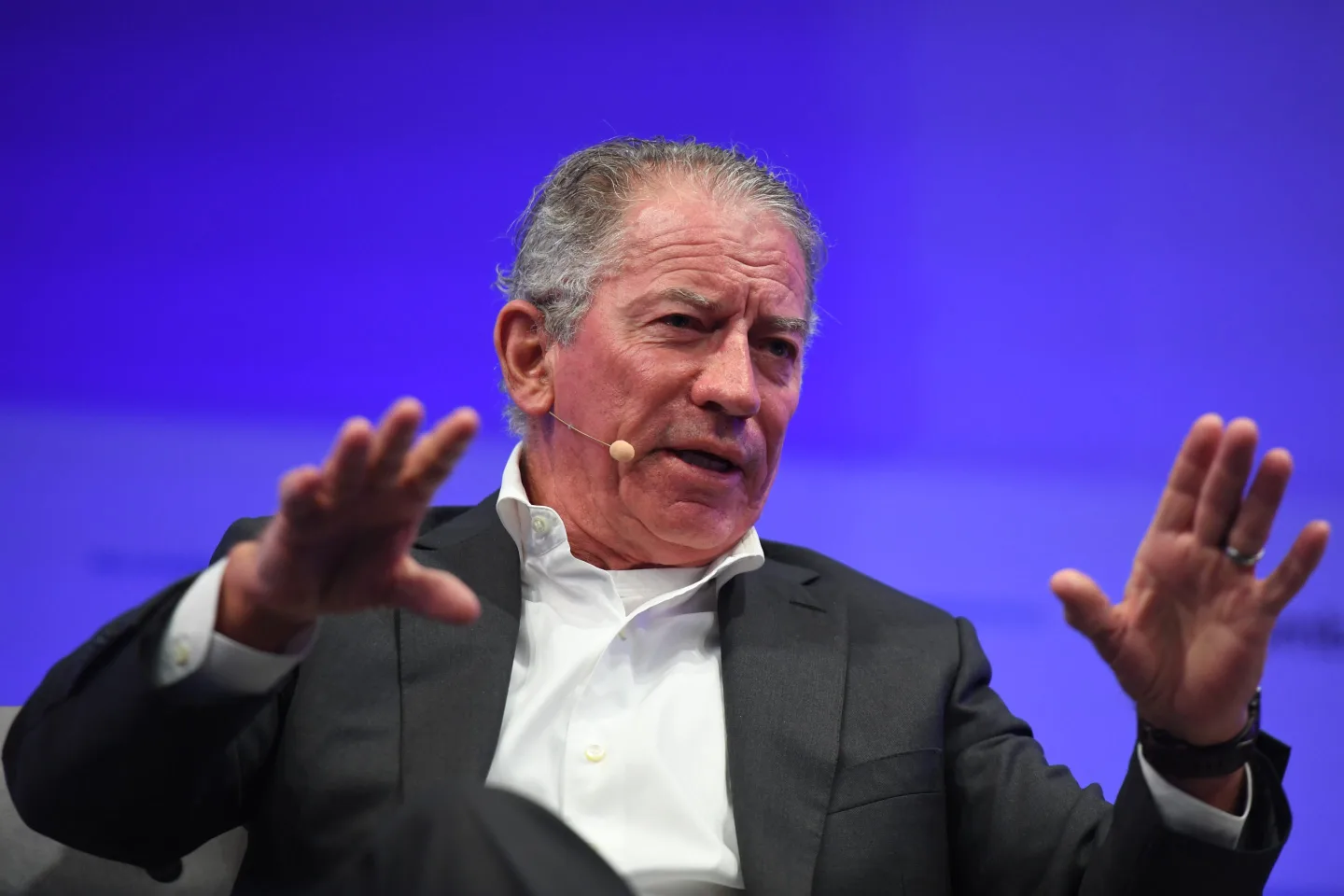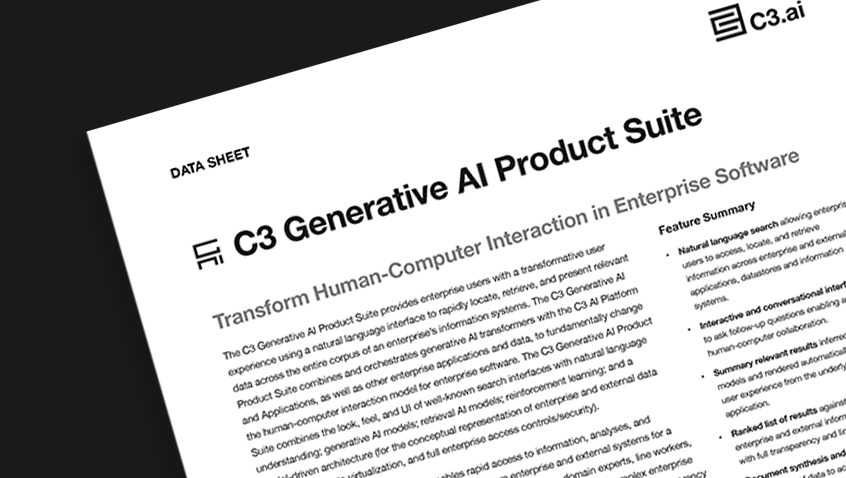- AI Software
- C3 AI Applications
- C3 AI Applications Overview
- C3 AI Anti-Money Laundering
- C3 AI Cash Management
- C3 AI Contested Logistics
- C3 AI CRM
- C3 AI Decision Advantage
- C3 AI Demand Forecasting
- C3 AI Energy Management
- C3 AI ESG
- C3 AI Health
- C3 AI Intelligence Analysis
- C3 AI Inventory Optimization
- C3 AI Process Optimization
- C3 AI Production Schedule Optimization
- C3 AI Property Appraisal
- C3 AI Readiness
- C3 AI Reliability
- C3 AI Smart Lending
- C3 AI Sourcing Optimization
- C3 AI Supply Network Risk
- C3 AI Turnaround Optimization
- C3 Generative AI Constituent Services
- C3 Law Enforcement
- C3 Agentic AI Platform
- C3 Generative AI
- Get Started with a C3 AI Pilot
- Industries
- Customers
- Events
- Resources
- Generative AI for Business
- Generative AI for Business
- C3 Generative AI: How Is It Unique?
- Reimagining the Enterprise with AI
- What To Consider When Using Generative AI
- Why Generative AI Is ‘Like the Internet Circa 1996’
- Can the Generative AI Hallucination Problem be Overcome?
- Transforming Healthcare Operations with Generative AI
- Data Avalanche to Strategic Advantage: Generative AI in Supply Chains
- Supply Chains for a Dangerous World: ‘Flexible, Resilient, Powered by AI’
- LLMs Pose Major Security Risks, Serving As ‘Attack Vectors’
- What Is Enterprise AI?
- Machine Learning
- Introduction
- What is Machine Learning?
- Tuning a Machine Learning Model
- Evaluating Model Performance
- Runtimes and Compute Requirements
- Selecting the Right AI/ML Problems
- Best Practices in Prototyping
- Best Practices in Ongoing Operations
- Building a Strong Team
- About the Author
- References
- Download eBook
- All Resources
- Publications
- Customer Viewpoints
- Blog
- Glossary
- Developer Portal
- Generative AI for Business
- News
- Company
- Contact Us
- Generative AI for Business
- C3 Generative AI: How Is It Unique?
- Reimagining the Enterprise with AI
- What To Consider When Using Generative AI
- Why Generative AI Is ‘Like the Internet Circa 1996’
- Can the Generative AI Hallucination Problem be Overcome?
- Transforming Healthcare Operations with Generative AI
- Data Avalanche to Strategic Advantage: Generative AI in Supply Chains
- Supply Chains for a Dangerous World: ‘Flexible, Resilient, Powered by AI’
- LLMs Pose Major Security Risks, Serving As ‘Attack Vectors’
- C3 Generative AI: Getting the Most Out of Enterprise Data
- The Key to Generative AI Adoption: ‘Trusted, Reliable, Safe Answers’
- Generative AI in Healthcare: The Opportunity for Medical Device Manufacturers
- Generative AI in Healthcare: The End of Administrative Burdens for Workers
- Generative AI for the Department of Defense: The Power of Instant Insights
Supply Chains for a Dangerous World: ‘Flexible, Resilient, Powered by AI’
October 9, 2023
The state of the world’s supply chains, thankfully, no longer warrants the news coverage it did during the pandemic or at the outset of Russia’s invasion of Ukraine, when store shelves were barren, and inflation began soaring through the economy.
But that doesn’t mean companies aren’t acting with a sense of urgency.
The past few years have revealed the risks of our interconnected world. Today, globalization is under assault, and companies are overhauling their manufacturing and supply chain networks accordingly. This marks a sharp departure from the past 60-plus years, an era defined by just-in-time manufacturing and companies offshoring facilities in search of cheap labor.

Jim Snabe presenting at C3 Transform 2023
The old supply chain model focused on making and delivering goods faster and cheaper. The new supply chain model — with warehouses spread across the globe to reduce risk — is focused on flexibility and resiliency.
C3 AI spoke to Jim Snabe, the former chairman of logistics company Maersk, current chairman of Siemens, and C3 AI board member, about the shift to the new supply chain model, and the critical role of enterprise AI and generative AI.
Please set the context — it seems like every major company is rethinking and changing its supply chain network.
Jim Snabe: This issue is front and center at the highest level of many corporations. In boardrooms all over the world, the supply chain has become a strategic issue again. It wasn’t for many years. It was all about just getting it done cheap. We had this assumption that globalization was here to stay. It turns out that’s not the case, and so we’re seeing a strategic shift.
Due to the risks we’re all now well aware of?
The main assumption— namely, that you can control your supply chain — has fallen flat. Therefore, you need to rethink your strategy. It’s now all about resiliency and flexibility. The new supply chain needs to be flexible, resilient, and powered by AI and generative AI.
There have been so many technological advances in the past couple of decades. Surely, that’s helped a lot with flexibility.
To a degree. The old supply chain model was fueled largely by traditional ERP systems to manage suppliers, and the entire model assumed reliance on a few key suppliers to reduce complexity.
The pandemic made the dependencies on a few suppliers all too apparent. Couple that with increasing geopolitical tensions, and companies had to act. We see Apple moving its manufacturing facilities and diversifying its supplier network to reduce risks; other high-tech firms and automakers are doing the same, adding suppliers in multiple countries to increase resilience. In some cases, they are reshoring to the States, where there are government incentives and the cost of energy is lower than much of the world, particularly in Europe.
Doesn’t this come with new challenges?
Yes. It’s much easier to source from one big factory than it is from ten. So suddenly, you are faced with two new challenges — costs and complexity.
Cost is solved by automation. If a factory is 100% automated, you don’t need a big factory to achieve the desired cost per unit produced. With automation, the equation completely changes because the factory is so much more efficient. This is happening at many companies. At Siemen’s, our fastest growing category of products is automation for factories.
And complexity?
AI is the solution for complexity. You could not deal with this new level of complexity in the past, because you couldn’t understand the entirety of your supply chain. But with AI, you can predict issues and you can resolve issues at very high speed. You need compute power to do that, not human understanding.
Remember, too, that with ten factories instead of one, you need more dynamic planning. That’s also only possible with enterprise AI. This is all part of moving from just-in-time manufacturing to just-in-case manufacturing.
And generative AI helps because people across the organization can address problems easily and quickly?
The only way you can decentralize your factories and supplier network is if your supply chain is intelligent and all workers can get information at their fingertips.
With generative AI, people across the network can rapidly diagnose problems and get answers in a way that just wasn’t possible before. Problems crop up all the time that require a lot of time to figure out, and this issue only gets worse when your sourcing supplies and products from multiple facilities instead of one.
A system that enables people to retrieve near-instant answers from all their enterprise data, even when they’re in different parts of the world, changes everything. Only the companies that have an AI platform and generative capabilities will be able to thrive, because the new supply chain has to be dynamic.
This interview was conducted by Paul Sloan, a veteran business and technology journalist who now serves as C3 AI’s VP of Strategic Communications.
Supply Chain Suite



